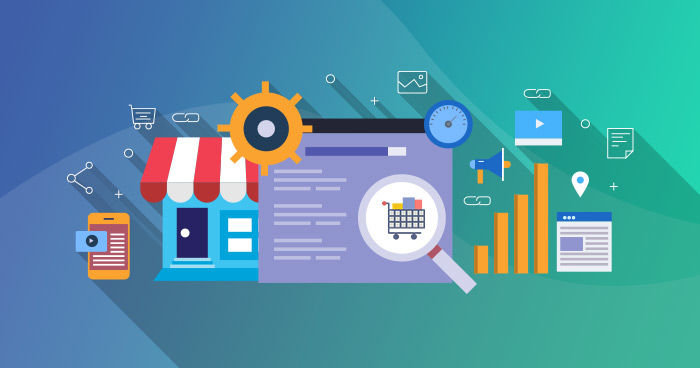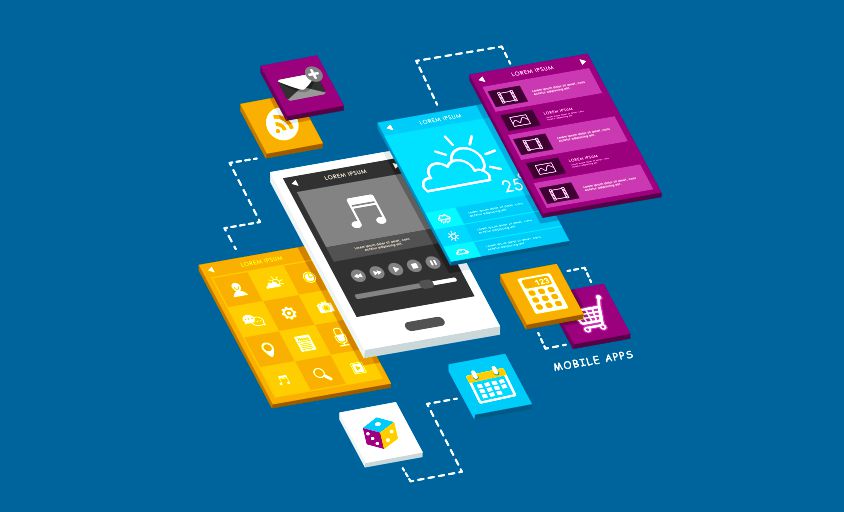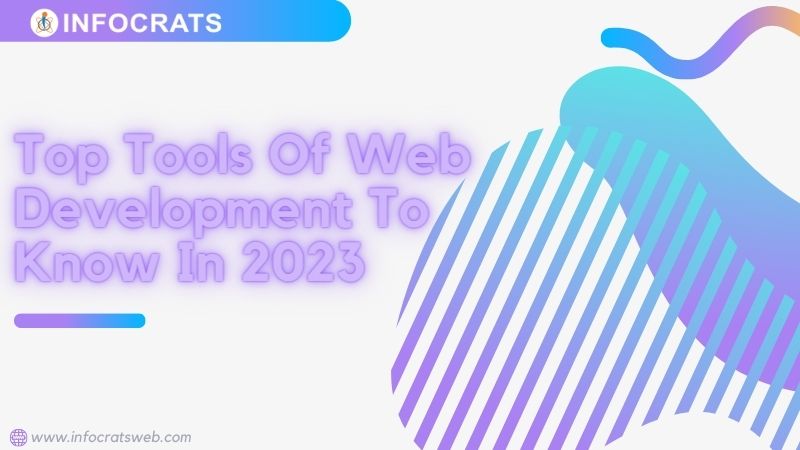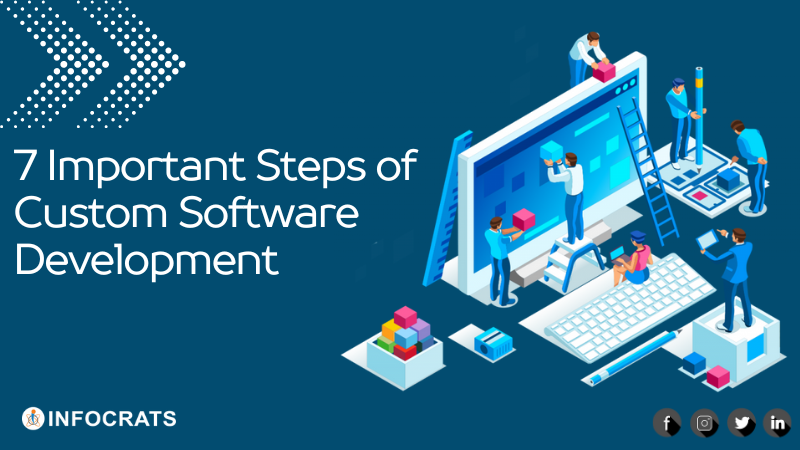Programming languages play an important role in the development of web applications. They help to create and manage complex structures by providing a framework for building websites with features such as databases, dynamic content, security layers, and more. Without programming languages, web developers would be limited to manually coding every single line of code and would be unable to keep up with the latest technologies.
Programming languages are used to create the logic and structure of a website, and determine how users interact with it. Different programming languages have different strengths and weaknesses, so web developers must choose the language that best suits their projects. Popular programming languages for web development include HTML, CSS, JavaScript, PHP, Ruby on Rails, and Python. Each language has its own syntax and conventions, so web developers must be familiar with them in order to write code efficiently.

The choice of programming language for a website can have an impact on how quickly it loads, how secure it is, and the performance of complex tasks such as database queries. In addition, certain languages may offer features that can give a website an edge over competitors. For example, JavaScript is often used to create interactive web pages and dynamic user interfaces, while PHP has powerful frameworks for developing robust applications quickly
With so many programming languages out there, it can be difficult to decide which one is right for your web development project. Each language has its own strengths and weaknesses and the decision of which to use should be based on the specific needs of the project. Choosing the best language depends on a few factors: your project goals/needs; the type of platform you’re building for; how comfortable you are with coding; and what resources are available to you.
In this blog post, we’ll explore some common programming languages and how they can best be used in web development projects.
1. HTML is a markup language used in all web projects as it provides a structure for content like text or images. It cannot be used to write dynamic applications, but it is the fundamental building block of any website.
2. CSS (Cascading Style Sheets) is used to style and lay out web content. It can be used to change fonts and colors, add background images, and manipulate animation on a web page. CSS works in tandem with HTML and requires an understanding of both languages to create effective websites.
3. JavaScript is a scripting language that enables you to create interactive elements on your website. It adds dynamic functionality like drop-down menus, pop-up windows, sliders, image galleries, and more without having to reload the page or wait for information from a server.
4. PHP is one of the most popular languages for back-end development — it enables the user to query a database, send emails, encrypt passwords, and more. It’s widely used in content management systems (CMS) like WordPress that power millions of websites.
5. Ruby on Rails is an open-source framework for web development that uses Ruby programming language. The syntax is very intuitive and allows developers to create complex applications quickly without having to write hundreds of lines of code.
Also Read: Top Tools Of Web Development To Know In 2023

6. Python is a general-purpose language used for both front-end and back-end development. It’s known for its ease of use, readability, and powerful libraries which makes it popular among beginners and experienced developers alike.
7. Java is a versatile language used primarily in enterprise applications. The language has been around for over two decades and is widely used in web, mobile, and desktop development.
8. C++ is a powerful language with many capabilities. It’s used to create robust software systems that can handle large amounts of data and process them quickly. C++ is not the best choice for web development, but it might be the right choice if you’re creating an application with complex requirements.
No matter what language you choose, make sure it meets your project goals and fits within your available resources. With so many programming languages to choose from, you should have no problem finding the right one for your project. Good luck!






















